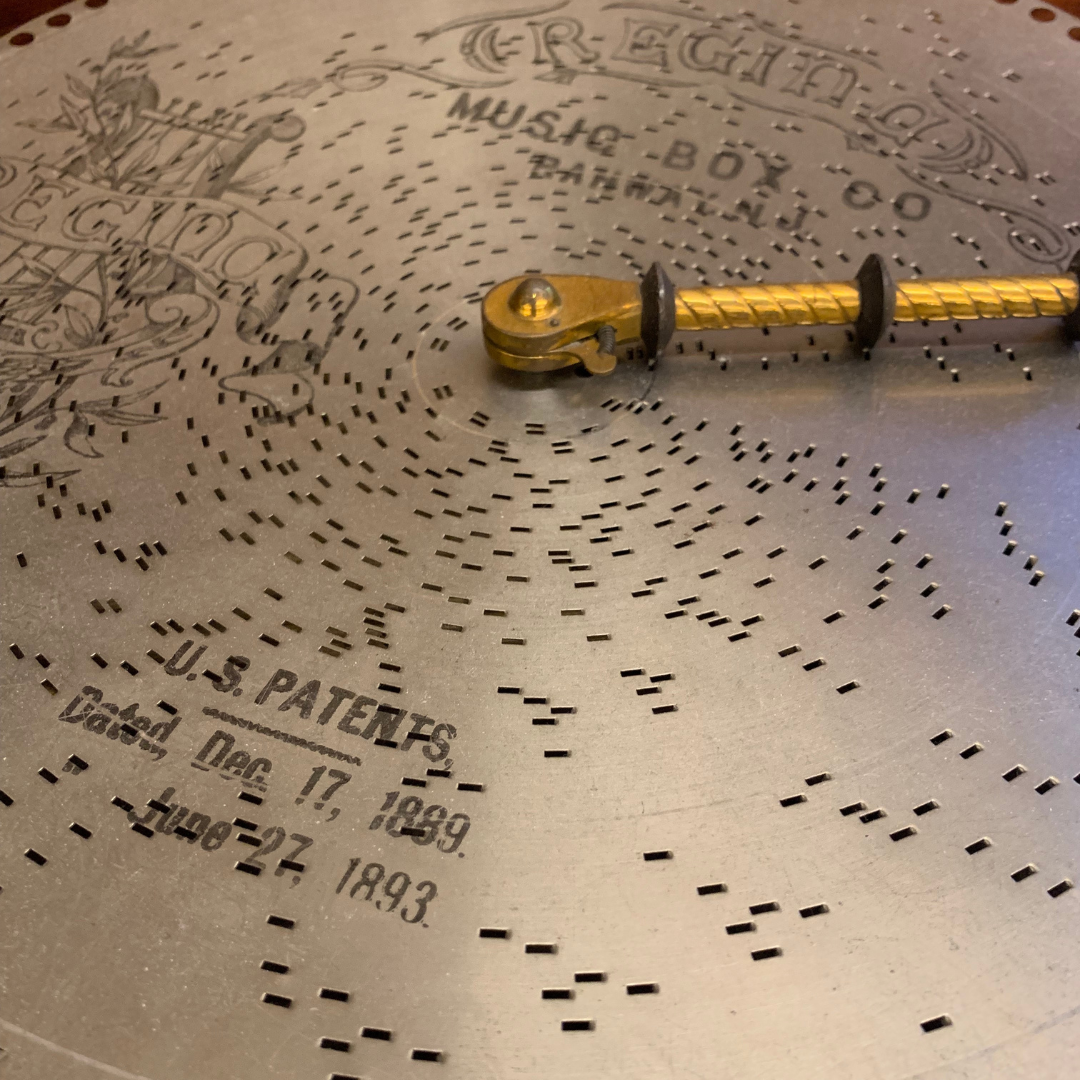
A blast from the (music) past
Years ago, my dad and I took a trip to the Musical Instrument Museum in Phoenix, Arizona, and it was every musical aficionado’s ideal playground. There were many cultures, religions, and countries represented through their musical instruments, songs, and traditions. What it left me with is that music is such a social gift, and regardless of where you are from, it has the power to gather together and share something they love with one another. It got me thinking, had it always been that way? Short answer - yes.
When we think about modern-day music, we don’t bat an eye about how we might access it or share it. Essentially any song is available at our fingertips at all times, which is probably why the average person listens to 18 hours of music per week. How did people make a social experience out of music when they didn’t have the luxury of the outlets we now have? Let’s have a look all the way back to the 1800s.

French inventor Édouard-Léon Scott de Martinville built the first known sound recording machine in the early 1800s. What he called the phonoautograph visually recorded vibrations of sounds, which Martinville then transcribed to study. This machine was a key player in the creation of many other musical machines down the line, like Thomas Edison’s phonograph in 1877 that captured sounds and engraved the movements into tinfoil cylinders. His original plans for the phonograph centered around business-related diction, not music - and to think where we would be without the evolution of this invention!
In 20 short years, the phonograph had been improved by inventors like Alexander Graham-Bell, and German-American inventor Emile Berliner who patented the first sound recording device coined the gramaphone. It utilized grooved, flat disks, rather than cylinders, and these disks became known as the first records that were later made out of vinyl, AKA, 78s. It wasn't long before companies jumped on Berliner's design, and by the 1900s, mass-market gramophones were ready for the public. These were brought into homes and public places, creating an ambiance for all who gathered.

Around the same time the gramaphone gained popularity, the music box was making musical history as well. Swiss watchmaker Louis Favre was known to be one of the prominent inventors of this machine which had tiny, tuned metal combs set inside a disk with steel pins. When in motion, the steel pins moved across the comb to produce a delicate sound. This mechanism was translated into many other music machines, like the player piano and the nickelodeon.

In the first three decades of the 20th century, the player piano could be found in thousands of private homes, used for entertainment when hosting dinner parties. The coin-operated nickelodeon, a variant of the player piano, was installed in restaurants, cafés, ice cream parlors, drugstores, pool halls, and saloons. The term 'nickelodeon' initially began with 5-cent silent films, but quickly became associated with any form of entertainment that could be purchased for a nickel. The fully automatic electric nickelodeon was the forerunner of the jukebox, and became a main attraction for many social gatherings.
Up until the 1920s, radios were used almost exclusively for naval and military communication. However, after World War I ended, people began buying radios for personal and recreational use. Eventually, public broadcast stations — including the British Broadcasting Company (BBC) — started to fill airwaves with news updates and entertainment like broadcast serial programming, which was similar to what audiobooks and televisions provide today. Listeners tuned in each day or week with friends and family to listen to a new chapter or episode of a continuous story.
Jukeboxes had immense popularity after they burst onto the scene in the early 1930s. Early versions of the jukebox were technically just coin-operated phonographs, but it wasn't their function or colorful decor that made them popular. It was the spaces that formed around these machines — establishments known as juke joints — that shaped the music culture as we know it. The ability to see the machine pick up and place the record after the listener inserted a coin and picked a song made quite a performance.

In 1958, The Radio Corporation of America (RCA) released the first variation of audio cassettes. In 1966, Nina Simone, Eartha Kitt and Johnny Mathis were among the first artists to record an album released on audio cassette. By the '70s, people were listening to their favorite musicians from the comfort of their homes and cars. Not long after, then came boomboxes, CD Players, MP3 Players and the rise of the iPod in 2001. Music has become more of a solo sport in recent days, but we haven’t forgotten the joy that came from sharing our favorite music with others and the nostalgia found in these music machines. There has been a great resurgence of these analog technologies in pop culture recently with the Sony WalkMan in Stranger Things, the Wurlitzer Jukebox in Top Gun: Maverick, the Crosley Radio Turntable in The Gray Man, and many others. Precious Sound is harnessing that same nostalgic feeling and is creating new spaces for modern day ‘Juke Joints’ with our playable records, that will be keepsakes for centuries to come.
